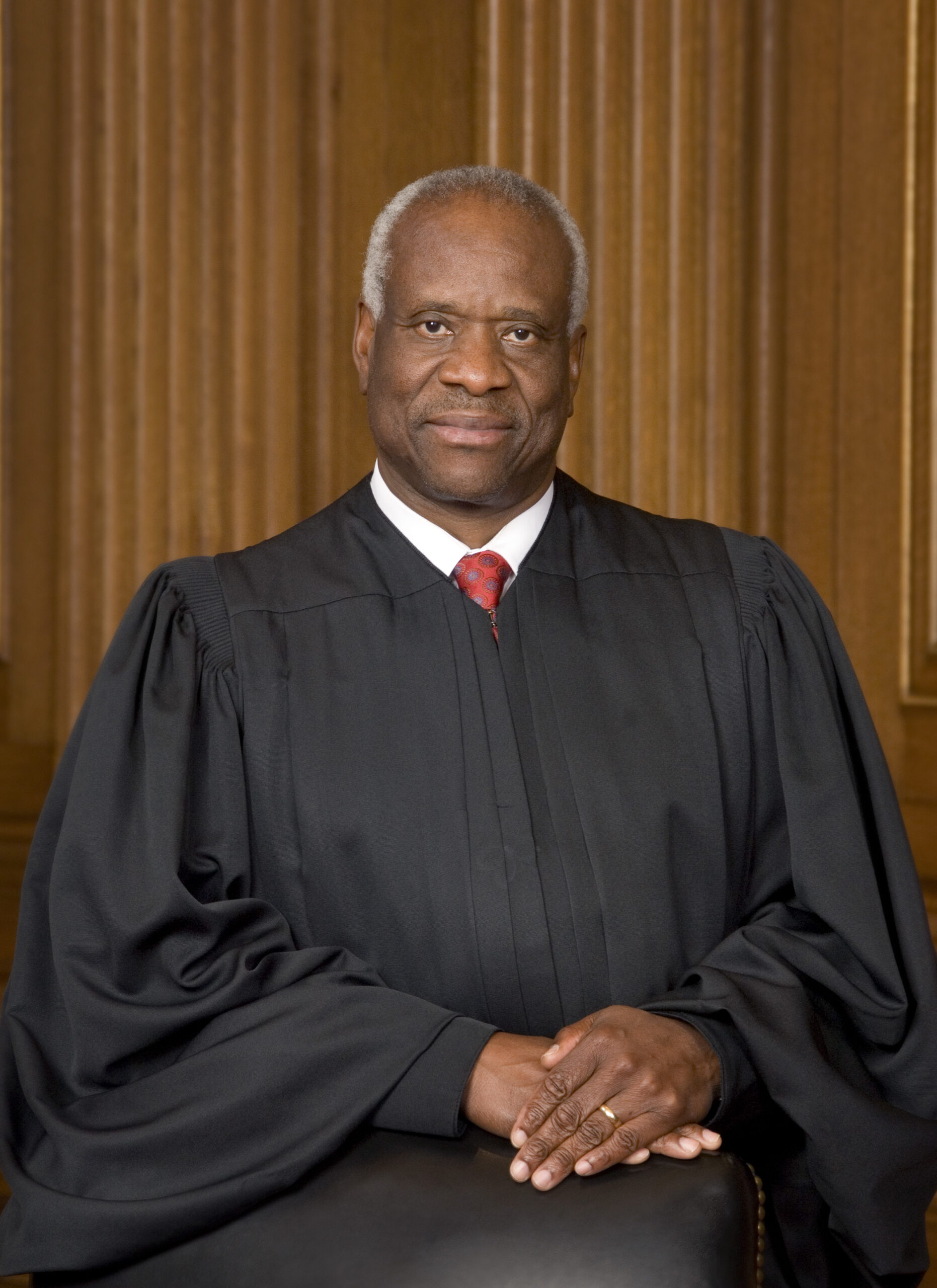In the best of worlds, the courts would work to enforce the laws as they were meant. We wouldn’t have judges and justices that are so goal-driven that their wants forces a predetermined outcome.
The state passes a bad law. The People file a suit challenging the law. They request a temporary injunction, a preliminary injunction, and summary judgement.
The court looks and agrees that the law is likely bad and grants the TRO. The parties file briefs, the court grants the preliminary injunction as well. The case does or does not succeed on a summary judgement and moves to arguments.
The case is heard by the court, the court issues their final judgement, or they issue the summary judgement in favor of The People
The state files an appeal. The administrative panel reads the court’s judgement, allows it to stay in place, schedules the case for a hearing before a merits panel. The merits panel looks at the case law and the lower court’s opinion and finds for The People.
The state pleads for an en banc hearing. The court denies the request.
The state file a motion for certiorari with the Supreme Court. The Supreme Court denies cert, case over. The People win.
Unfortunately, that is seldom how it works.
If the lower court grants the TRO, the state will immediately run to the Circuit Court for a stay pending appeal. They will then request an appeal. The administrative panel, not liking The People and hating the Second Amendment, grant the stay and docket the appeal to be heard by a merits panel, some time in the future.
In the course of time, 4 to 12 months later, the case is heard by the merits panel. 3 to 12 months later, the merits panel issues their opinion. If the merits panel finds for The People, then the state will request an en banc hearing, it will be granted. 4 to 12 months later, the en banc panel will hear oral arguments. They issue their opinion 3 to 12 months later.
At that point, the parties can request cert from the Supreme Court. It will not be granted, but it will sit, waiting for that decisions for months.
In the end, the case has gone on for a couple of years. At the end of that time, the lower court will be ready to hear arguments for a preliminary injunction.
There might be a few weeks or even a few months of progress. The lower court issues the preliminary injunction, and we are back to the races. And the case is held for another couple of years.
This is not how we get things done. We need to get our cases to a final judgement as fast as possible.
If we ask for a TRO and don’t get it. Don’t appeal. Move on.
If we request a preliminary injunction and don’t get it. Don’t appeal. Move on.
If we don’t get the requested summary judgement, just keep moving.
If we don’t get the final judgement in our favor, then appeal!
The case will be at final judgement. There is no going back to the lower court. The lower court is done.
The appeals court might reverse and remand, but that can be appealed to the Supreme Court.
The state wants to delay things as much as possible. It is better to win or lose in the lower courts as fast as possible.
Justice Thomas has the right of it, stop mucking around in the interlocutory stage and get these cases to a final judgement so that the Supreme Court can weigh in, before the makeup of the court changes.


A decade or more of seesaw in the courts is a tenuous win. Unless, of course, one looks at the really big picture the width of a generation or two.
By then, the enemy has a new ground game. And the battle continues.
Where oh where is the Marbury decision?
“… a law repugnant to the Constitution is null and void, as if it never was ….”
When the subject is a Constitutionally guaranteed right, the courts should be bound to move like greased lightning.